- Home
- personal finance
- 9 Things That Can Tear Down The Value Of A Home
9 Things That Can Tear Down The Value Of A Home
Sinkhole damage sucks property values down a staggering 30%.

City dumps and power plants can drag down your home value by about 7%.
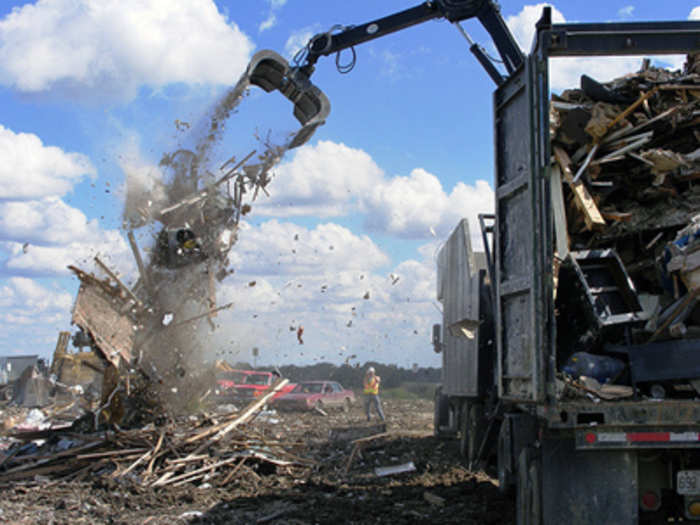
Pick a home in close proximity to a dump or a power plant and watch your property value get dinged.
When researchers looked at five municipal landfills on residential property in Cleveland, Ohio, they found the stench was enough to drag down property values by 5.5 to 7.3%. Landfills are most hurtful in populated, expensive, residential areas. The effect was basically nonexistent in sparse, rural areas.
Likewise, the University of California at Berkeley found homes within two miles of a power plant saw values drop 4 to 7%.
Hoarders knock property values down 5 to 10%.
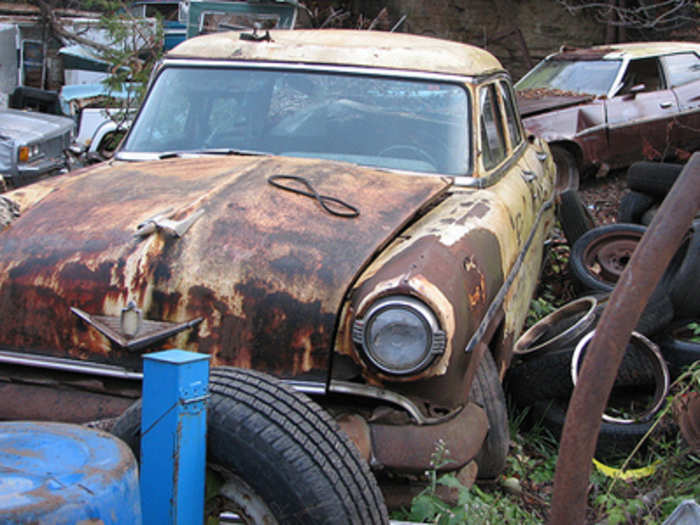
A nearby property's overgrown yard, peeling paint, and clutter can easily knock 5 to 10% off the sale price of your home, said Joe Magdziarz, the president of the Appraisal Institute and a real-estate appraiser with 40 years of experience. A true disaster — a junky home in deplorable condition and a yard packed with debris — could cost you even more.
Foreclosure graveyards chop $7,200 off their neighbors' property values.
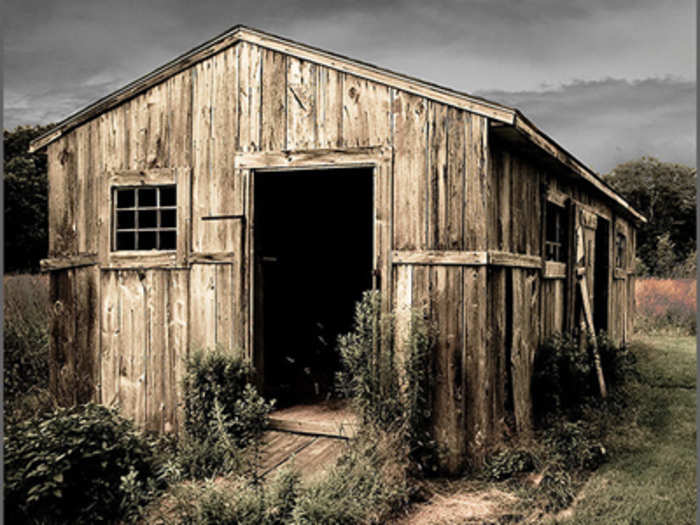
Scars from the crippling housing crisis still remain in the form of quasi-foreclosure graveyards across the country.
Across America, foreclosures were found to cause an average $7,200 price decline for every nearby home, according to the Center for Responsible Lending.
And a study by Chicago-based Woodstock Institute found each foreclosure within 1/8 mile of a single-family home drops that home's value by at least 0.9%.
Noisy neighbors (or their pets) are enough to drag home values down by 5 to 10%.

There's a reason prospective homebuyers are advised to visit homes at all times of day and more than a few times –– noise can be a property value killer.
“I’ve seen many situations where external factors, such as living near a bad neighbor, can lower home values by more than 5 to 10 percent,” Appraisal Institute President Richard L. Borges says. "Homeowners should be aware of what is going on in their neighborhood and how others’ bad behaviors could affect their home’s value.”
Just the threat of fracking drives home values down by 24%.
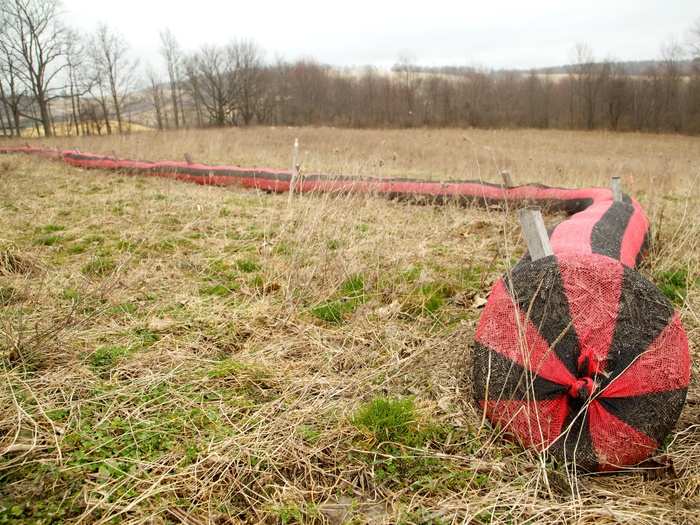
Those homeowners in Mayflower, Ark., were terrified their property values would tank after a burst gas pipeline flooded their lawns with oil earlier this year.
Their fears are justified. A team of Duke University economists and nonprofit research organization Resources for the Future found Pennsylvania homeowners who used local groundwater for drinking lost up to 24% of their property value if they lived within 1.25 miles of a shale gas well.
And that's even without solid evidence that fracking really poses a threat to drinking water –– public perception alone is enough to drive down home values.
Registered sex offenders deliver a 12% wallop to home values.

The Ohio kidnapping scandal is proof positive that you never really know who your neighbors are –– or what they're hiding.
The publicly available National Sex Offender Registry is one way to vet your neighbors, but it's also made it easier for interested buyers to vet homes before moving in as well. Sex offenders have been proven to drive down property values.
Houses located next door to a registered sex offender dropped by up to 12%, according to a 2008 study by the American Economic Review.
Tacky billboards knocked $30,000 off home values in Philadelphia.
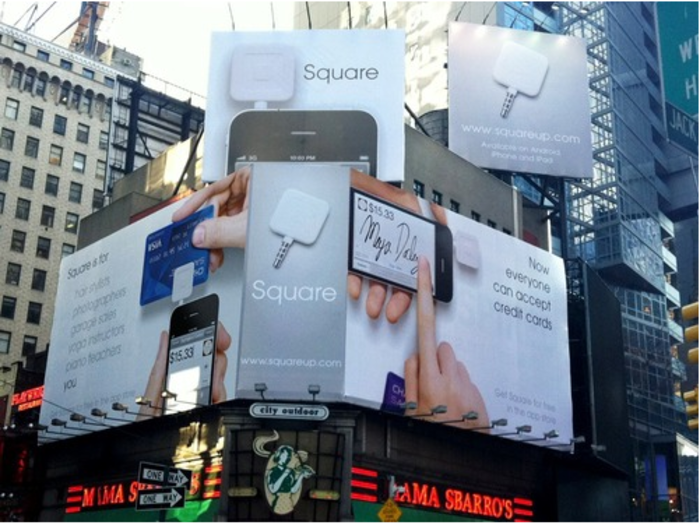
Tacky billboards are an eyesore and can potentially downgrade home values, a recent study found.
In “Beyond Aesthetics: How Billboards Affect Economic Prosperity,” urban planner Jonathan Snyder, found that homes within 500 feet of a billboard were worth $30,826 less on average at the time of sale than others farther away.
On the flip side, areas where communities implemented strict billboard controls had higher median incomes, lower poverty rates and lower home vacancy rates.
Bad schools send parents running and hurt property values in the process.
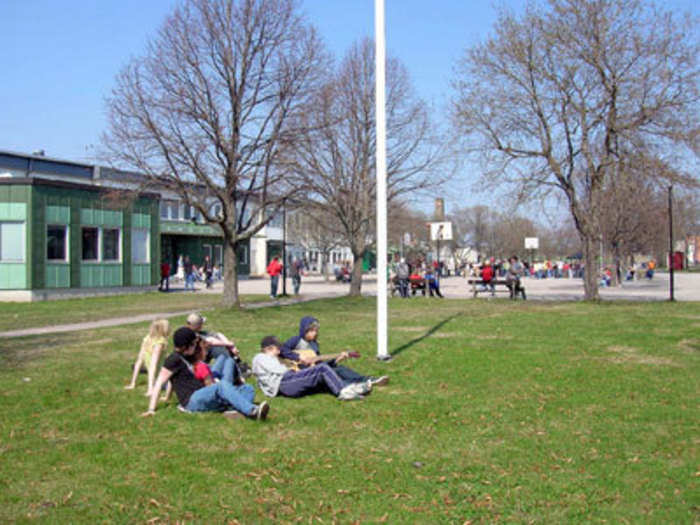
School quality is often a top priority for homebuyers, and that means neighborhoods almost always benefit from being in close proximity to the cream of the crop.
A 2010 study by the St. Louis Federal Reserve Bank found that "the price premium from school quality remains substantially large, particularly for neighborhoods associated with high-quality schools."
Unfortunately, the flip side of this scenario is that neighborhoods near closed-down or low-ranking schools are less attractive and tend to see their property values lowered.
Popular Right Now
Popular Keywords
Advertisement
